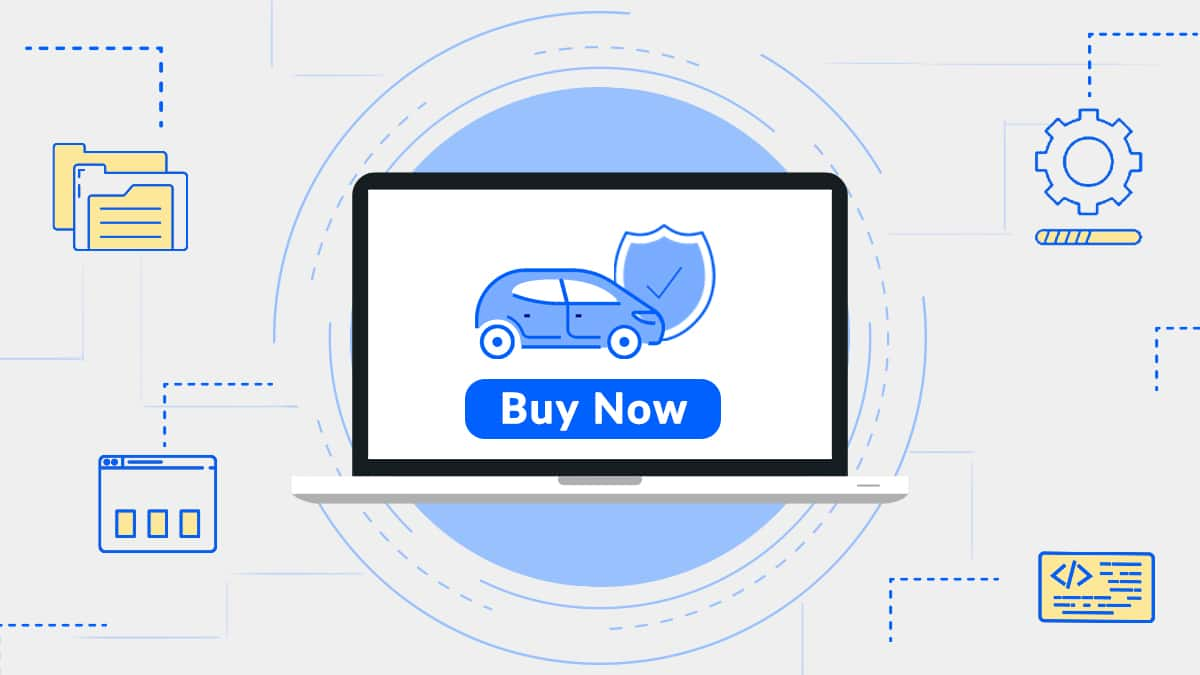1
Feeling Inadequately Insured? 3 Ways To Extend Your Health Insurance CoverTechnology
The Journey Of Motor Insurance Integration On Policybazaar
Motor insurance is an insurance policy that offers coverage to the insured vehicle against financial losses due to an accident or resulting from other damages including fire accident, theft etc. Buying a vehicle is one of the most valuable possessions for a person and thus protecting it against any unforeseen circumstances is crucial. Infact, having a motor insurance policy is mandatory in India to protect vehicle owners from potential financial risks.
Traditionally, people used to buy motor insurance offline- through car dealers who have tie-ups with insurers or directly through insurance companies. This is a long process as it involves physically meeting the seller, filling forms and submitting the required papers. It also poses the risk of mis-selling.
((relatedarticle_1))
Comparatively, buying motor insurance online is a transparent and faster process. As a digital insurance platform, we at Policybazaar offer motor insurance from over 20+ different insurance providers, so that customers can easily compare various insurance policies and know about the various features of the policies.
To provide this seamless bridge between the customer and the insurer, our tech team works with the insurer and integrates the insurer processes into the Policybazaar’s system. This process of ‘New Insurer Integration’ is crucial to ensure that we show the correct information on our website and provide an uninterrupted experience to our customers.
Let’s take a brief look at the integration process.
Step 1. Requirements Collection - The first step in the New Insurer Integration process is the collection of requirements and data which include plans offered, add-ons, discount rates etc. All this is documented at tech team’s end. For example, A insurer might offer Zero Depreciation Add-on for Maruti vehicles up to 5 years while Insurer B might offer a Zero Depreciation Add-on for Maruti Vehicles up to 4 years only. This is generally the most time-consuming step.
Step 2. Data Mapping - After all the data has been collected and documented. This needs to be mapped into our database. This might require creation of new schemes and tables specific to the insurer.
Step 3. Development - The next step is Coding/Software Development. This involves writing code on server level and view level, creating and altering Stored Procedures at database level. The steps include Quote Creation and display, Proposal Creation, Payment Collection, Policy Document Generation and finally Syncing at the Insurer end.
Step 4 Testing and Signoff - The final process is the Quality Assurance at Policybazaar and at the Insurer end. After QA and signoff, we proceed with deployment on production.
Challenges faced
1. Huge amount of data - The integration process involves the insertion of huge amount of data. For example, a basic comprehensive policy with 9 add-ons leads to about 512 plan combinations spread across 1100 different RTOs in India. To solve this problem, we take help of scripting and automate the process as much as possible.
2. Non-relational databases - With so many different insurers and a complex journey, we need to insure that we have logging at each level. This enables us to track any insurer-specific issues and other problems that might occur on our journey. For this, we use non-relational databases like MongoDB which provides scalability and efficiency.
Future of motor insurance premium
Currently, motor insurance premium is calculated on the basis of fixed factors like vehicle, RTO, The Insurance Regulatory Authority of India (IRDAI) tariff rate etc. However, this might change soon because IRDAI had notified that motor insurance premium may soon get linked to traffic violations. A new traffic violation premium might be added to your existing car/two-wheeler premium. Further, we believe that technology might enable data collection related to average car speed and style of driving. All this will determine the premium, in a customized manner different for each driver.
Thanks to Abrar and Mohit from the Business Team for their contribution to the article.
((newsletter))














